The Striking Skies Above Cherry Springs
We live in a world of growing industry and ever expanding technological achievement. And that's great, without a doubt it has made life better than it ever was, the world is less hostile and dangerous for humans both against predator competition and disease. We also can see better at night, and that has quite a bit of importance when you really think about it.
Rocks, tree roots, pretty much anything on a road, other people, all of these basic things can become serious hazards to anyone walking or especially driving around at night, when objects any cooler than 700+ degrees Celsius become almost impossible to see as they emit no visible light (People and most other living things are actually warm enough to emit Infared light which would become even easier to see at night, but you're not a snake, so you don't see Infared light).
Because of this, we really ought to be thankful we discovered fire so long ago, it was effectively the first artificial light we ever harnessed. And it remained pretty much all we had to see at night for quite some time until we first came upon the light bulb, initially made of a paper filiment which lasted for minutes, then perfected into a carbon filiment that lasts for days of direct use.
And now variations from standard carbon lights to incondescent to LED's are found everywhere, flooding the streets and side walks with enough light to practically simulate daytime. But there's actually something else that gets flooded with light, most of these light sources have minimal at best if not completely lack a blocking mechanism from light escaping into the sky above them. And this comes with a major repercussion; air glow.
Airglow is the ultimate trade-off of our light-saturated world. The ground below us is lit-up to a point of clear visibility. But the sky above us? It becomes hazy, off-colored, and above all, dull. As the stars dim and disappear, and the lording sight of the milky way vanishes from view.
But our cities and suburbs have a limit to their influence, while the light they throw off travels far, the Earth is a big place, one can put quite a good number of miles between themselves and any significant source of artificial light. And that's exactly what I did just a few weeks ago.
As far as the presence of light pollution goes the region I live in is. . . pretty terrible. The Bortle scale is often used as a ranking device for a region's specific conditions. Going from 1-9, a 1 would be as dark as things can get, borderline impossible in reality, but perhaps it's very close to the case in some highly uninhabited parts of the world. As far as the U.S. goes, the darkest area you would find will be in the desert lands out West, Death Valley in particular is very close to perfect. Move East of the Mississippi river and dark skies become far more scarce, where I live, you'd find around 400 stars on a good night with roughly a 7 on the scale. And knowing the sheer amount of residential heavy areas around it, you'd think there's just no hope of finding a true dark sky. Until you find a spot, and by this I mean a practical speck from a geographic standpoint, residing in the heart of the near 300,000 acre Susquehanna Forest. About 82 acres total, a would-be airport that, upon realizing the skies that lie above it, was turned into the only national dark sky park in the country and probably the only real dark sky region in the entire state of Pennsylvania; Cherry Springs State Park.
While I live in the same state as it, the drive is still any where between 4 and 5 hours, and plotting such a trip for the purpose of stargazing can be troublesome. You need a weekend, with the Moon at least in the last quarter or only in the very beginning of its cycle, and above all, you need clear skies.
The limited pool of weekends with the right Moon makes for a highly luck based trip. Looking at every cloud reading on Earth will not give you completely trustworthy results. If you aren't a high pressure zone, clouds may or may not wash out your view at any time.
Fortunately, the coverage during my visit was just about kept at zero for hours, and the seeing conditions weren't shy of phenomenal, with low humidity due to the high altitude, and a sky staggeringly void of interference with roughly a 1.9 rating on the Bortle scale, nearly 5200 stars revealed themselves.
That's quite a lot of stars, if you've never seen such a thing you likely wonder what that looks like, and while there's really no way to truly see or at least feel the presence of that many stars, some photos captured by @remlaps and @cmp2020 , who were also around for the visit, are pretty darn close to what we actually saw before our very eyes. Here are a few of my favorites. Bear in mind all of these images where from a phone so they got flipped upside-down, but it hardly matters in the context.
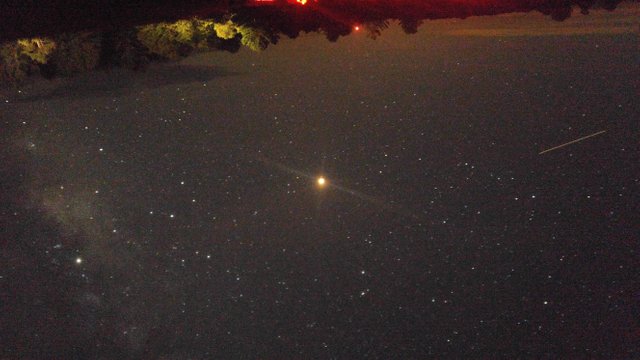
In the center we can see Mars lording over the horizon, with the Milky Way just in view to the side. This was taken in Mid-August, Mars yielded a magnitude of -2.5 at the time, just after its late-July opposition where it reached -2.8.
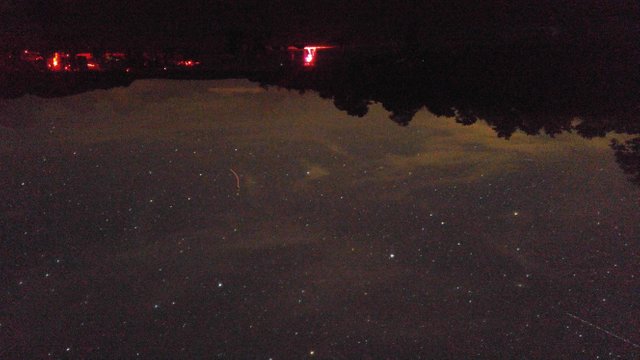
I like this image because it shows the status of the clouds when we first arrived. Thin, high-flying clouds were shading out something for around 15 minutes before clearing out.
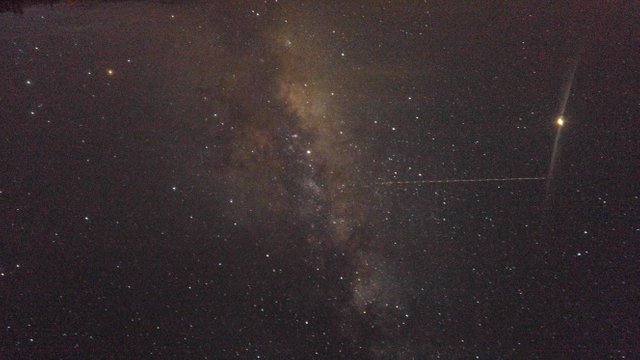
This was our first really well captured image of the milky way, it required 30 seconds of exposure. And apart from the lower detail quality, this is very close to what was actually visible. Mars still shines bright to the side.
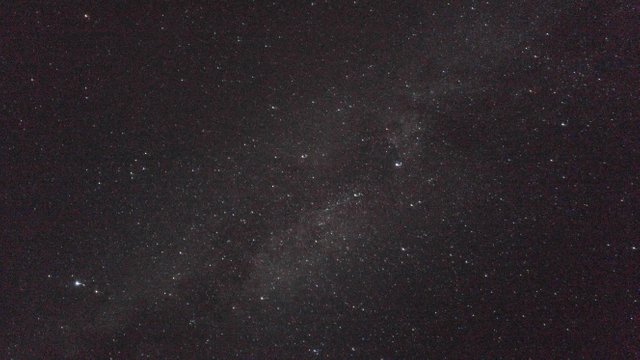
The first image taken pointing almost directly up. We cans see the milky way cutting across the sky with the bright star Altair to the bottom left and slightly less bright Deneb in the center-right.
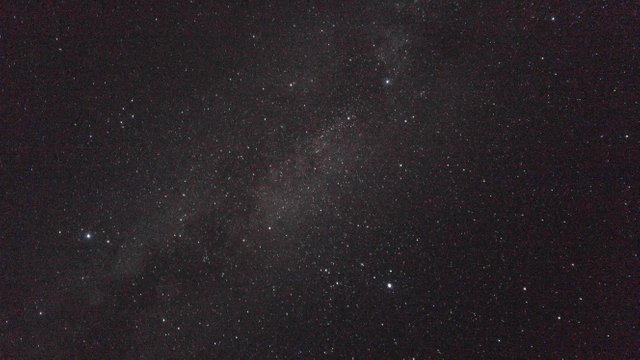
This image was a more refined version of the last one. It came out with less evident drag from the movement of the camera and was angled to fit the entire summer triangle, with Vega visible at the bottom.
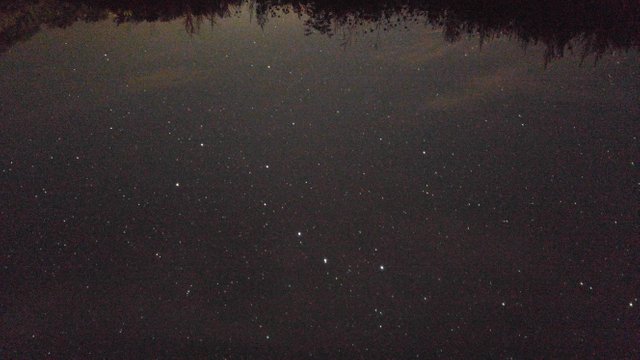
And lastly, although impacted by the image flipping, this shows the big dipper shining out among the surrounding stars. If you can't see it, flip the device your looking at this on upside down and it will become much clearer.
And on one last note, we took several images with one phone of the exact same location in the sky every minute or so for around 45 minutes. This region is with Polaris, the North star, dead int he middle. In theory, when played out next to each other, the images will form a very quick time-lapse of star moving around a central point. Hopefully I'll be able to upload it at some point.
Congratulations @astronomyizfun! You have completed the following achievement on the Steem blockchain and have been rewarded with new badge(s) :
Click on the badge to view your Board of Honor.
If you no longer want to receive notifications, reply to this comment with the word
STOPDo not miss the last post from @steemitboard: